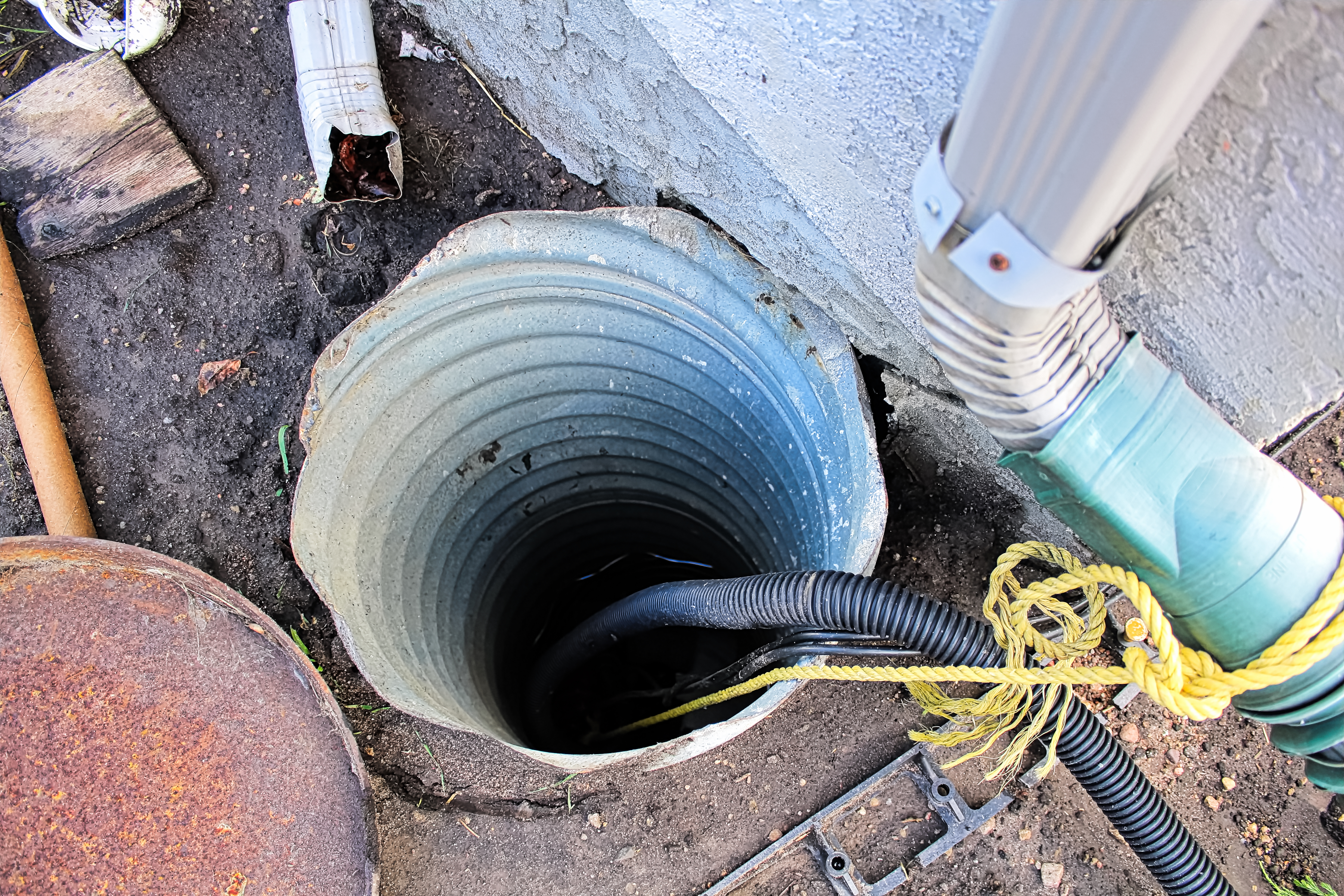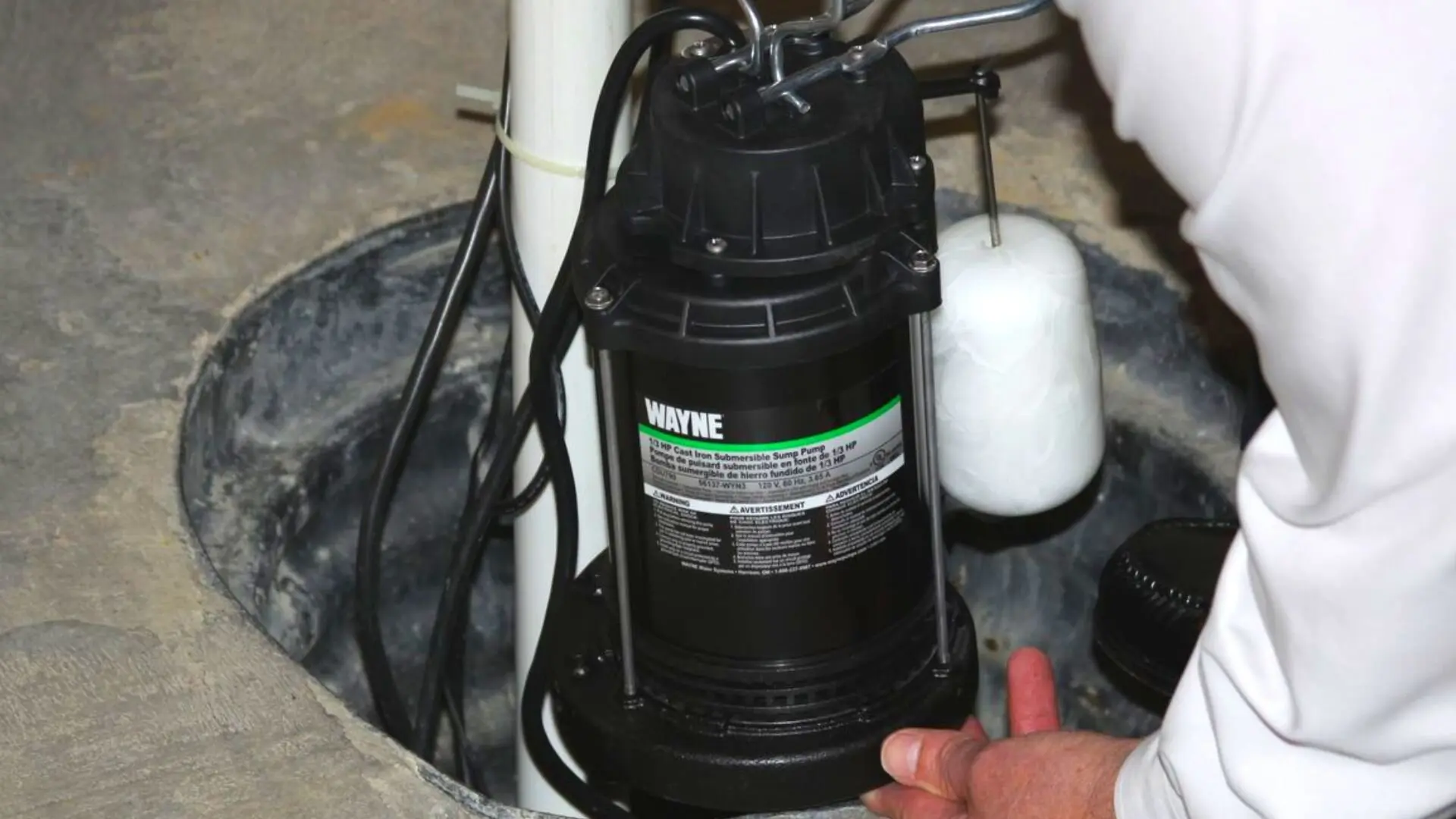Speedy Solutions for Servicing a Sump Pump
Speedy Solutions for Servicing a Sump Pump
Blog Article
The publisher is making a number of great points relating to Steps to Cleaning Your Sump Pump Properly in general in this article in the next paragraphs.

Sump pumps are vital components in several homes, particularly in locations prone to flooding or excessive moisture. They assist stop water damage by successfully getting rid of excess water from basements or crawl spaces. However, like any other device, sump pumps need regular maintenance to guarantee they work effectively when needed the most. Cleansing your sump pump is an important part of its upkeep, and comprehending how to do it properly can save you from costly fixings and prospective catastrophes.
Introduction
Keeping a clean sump pump is crucial for its proper performance and longevity. Ignoring this important job can lead to obstructions, malfunctions, and ultimately, water damages to your residential or commercial property. For that reason, finding out just how to clean a sump pump is crucial for home owners who rely upon these devices to maintain their cellars dry and protected.
Indicators of a Dirty Sump Pump
Understanding when your sump pump requires cleansing is important for preventing possible breakdowns. Some common indications that indicate a filthy sump pump consist of odd noises throughout operation, decreased water circulation, and visible particles in the pit. If you see any one of these signs, it's important to clean your sump pump immediately to avoid any additional issues.
Getting ready for Cleaning
Before you start cleaning your sump pump, it's vital to take some safety precautions. Beginning by shutting down the power to the pump to prevent any electric mishaps. Furthermore, put on proper safety gear, such as handwear covers and goggles, to protect on your own from dirt, debris, and prospective virus.
Understanding the Sump Pump
Before diving right into the cleansing process, it's vital to have a standard understanding of just how a sump pump works. Commonly mounted in a pit or basin listed below the cellar floor, a sump pump consists of a number of essential components, including a pump, a float switch, and a discharge pipe. When water accumulates in the pit, the float button turns on the pump, which after that pumps the water out via the discharge pipeline, away from the building's structure.
Step-by-step Overview to Cleansing a Sump Pump
Shutting Off the Power
Begin by disconnecting the power supply to the sump pump to prevent any type of crashes while cleaning.
Looking For Appropriate Functioning
Prior to reinstalling the pump, execute a fast test to make certain that the float button triggers the pump properly. Put some water right into the sump pit and observe the pump's procedure. If every little thing is working correctly, you can reconstruct the pump and reconnect the power supply.
Getting Rid Of Particles and Dust
Make use of a bucket or a scoop to get rid of any visible debris, dirt, or sediment from the sump pit. Dispose of the particles correctly to avoid it from clogging the pump or the discharge pipe.
Cleansing the Pump and Drift Switch
When the pit is free from debris, carefully get rid of the pump from the pit. Inspect the pump and the float switch for any type of indications of damages or wear. Use a soft brush or fabric to clean the surface areas and eliminate any collected gunk.
Purging the System
After cleaning the pump and float button, flush the sump pit with clean water to eliminate any type of staying dirt or debris. This will certainly assist ensure that the pump runs smoothly and effectively.
Maintenance Tips to Keep Your Sump Pump Clean
Along with routine cleaning, there are a number of maintenance ideas you can comply with to maintain your sump pump in optimum problem:
Verdict
Cleaning your sump pump is an essential aspect of its upkeep and makes certain that it operates efficiently when you need it the most. By complying with the actions outlined in this guide and incorporating regular maintenance right into your regimen, you can prolong the life expectancy of your sump pump and secure your home from water damages.
6 STEPS ON HOW TO CLEAN A SUMP PUMP PROPERLY
UNDERSTANDING SUMP PUMPS
Your sump pump plays a crucial role in protecting your home by managing and removing excess water. It primarily functions as a “shield”, guarding your basement against the damaging effects of water accumulation. The pump is housed in a sump pit in the lowest part of your basement, and its job is to pump out any water that collects there.
During heavy rainfalls or when snow melts rapidly, water can infiltrate your basement, posing potential risks like flooding, structural damage, and harmful mold growth. Here, the sump pump springs into action, pumping out the intruding water and directing it away from your home.
SAFETY FIRST
Before cleaning, remember to prioritize safety. Disconnect the sump pump from the power source to prevent any accidental electric shocks. Also, wear sturdy gloves to protect your hands from any sharp or dirty components within the pump.
REMOVE THE SUMP PUMP
After ensuring your safety, the next step is to remove the sump pump from its pit. Doing this might require careful maneuvering as you don’t want to damage any pump components. Once removed, clean the sump pit to remove any accumulated debris or sludge.
INSPECT THE PUMP
Inspect the pump for any visible signs of wear or damage. Check the power cord, float switch, and impeller housing. If any components look worn out or damaged, consider replacing them to ensure optimal performance.
CLEAN THE PUMP
Thoroughly clean the pump with warm, soapy water. Make sure to rid it of any dirt, gravel, or other debris that might impede its performance. You can use a toothbrush to clean the small, hard-to-reach parts of the pump.
REINSTALL THE SUMP PUMP
Reinstall the pump into the sump pit Make sure it’s positioned correctly to remove the water effectively Once it’s back in place, reconnect it to the power source TEST THE PUMP
Finally, pour some water into the pit to ensure the pump works correctly. It should start automatically and begin pumping out the water; if it doesn’t, check the power source and the positioning of the pump.
Remember, while cleaning your sump pump is an essential part of home maintenance, hiring a professional plumber for a thorough inspection and cleaning at least once a year is also important. This will ensure that your pump is in optimal condition, ready to protect your home from potential water damage.
BEST PRACTICES FOR CLEANING SUMP PUMP DISCHARGE PIPES
Regular Inspection: Regularly inspect your discharge pipes, especially during heavy rainfall or snowmelt periods. Look for any signs of blockage or damage. Early detection of problems can prevent serious issues down the line. Periodic Cleaning: Over time, sediment and debris can accumulate in the discharge pipes, impeding the flow of water. Regular cleaning helps keep the pipes clear and functioning efficiently. You can use a high-pressure water jet to effectively clean the pipes. Insulation During Winter: In colder climates, discharge pipes can freeze, blocking the outflow of water. Protect your discharge pipes from freezing temperatures by insulating them with foam pipe insulation. This will ensure the sump pump can continue to discharge water even in freezing conditions. Proper Positioning: The discharge pipe should be positioned to direct water away from your home’s foundation. Improper positioning can lead to water seeping back into the basement. Ensure the pipe is long enough and angled correctly. Installation of a Check Valve: A check valve prevents water from flowing back into your sump pit after the pump has pushed it out. Installing a check valve helps maintain the efficiency of your sump pump and reduces the risk of flooding. Minimize Pipe Turns: Every curve or turn in the discharge pipe can decrease the efficiency of water flow. By minimizing turns and bends in your discharge pipe, you can increase the efficiency of your sump pump. https://www.fullspeedplumbing.com/how-to-clean-a-sump-pump-properly9999/

I was brought to that article about through an associate on a different website. Sharing is nice. You never know, you might be doing someone a favor. I value your readership.
Click Here Report this page